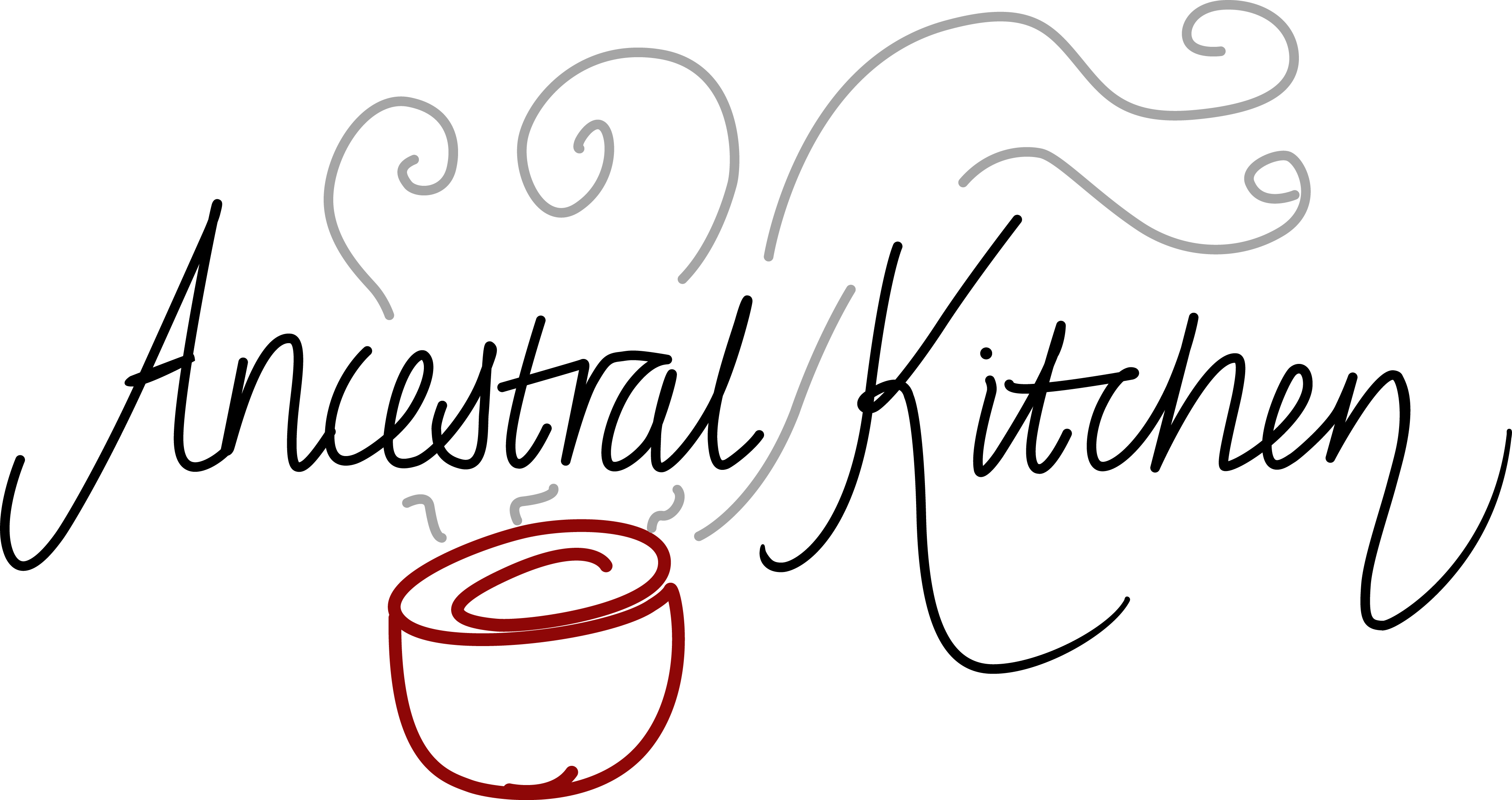Four Mamas, all striving to eat ancestrally and pass a love of that onto their children, around a (virtual) table, answering your questions. . That’s the latest @ancestralkitchenpodcast episode, in which @fornutrientssake and @nourishthelittles joined us to talk about budgets, burnout, bone broth, ferments and more. . Find the podcast by searching for Ancestral Kitchen in your podcast app or by streaming/downloading from the link in the linktr.ee above. . And check out the first half of our session, which aired earlier in the month over at the @modernancestralmamas podcast.
Four Mamas, all striving to eat ancestrally and pass a love of that onto their children, around a (virtual) table, answering your questions.
.
That’s the latest @ancestralkitchenpodcast episode, in which @fornutrientssake and @nourishthelittles joined us to talk about budgets, burnout, bone broth, ferments and more.
.
Find the podcast by searching for Ancestral Kitchen in your podcast app or by streaming/downloading from the link in the linktr.ee above.
.
And check out the first half of our session, which aired earlier in the month over at the @modernancestralmamas podcast.











